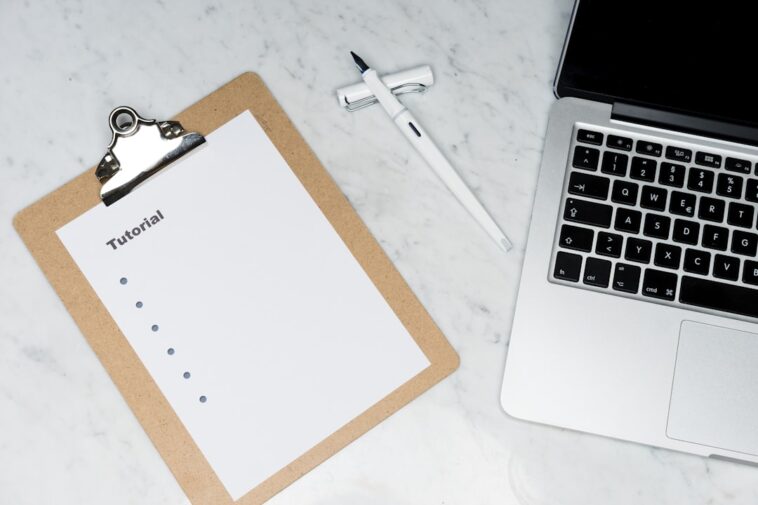Ever wanted to capture the beauty of a bird on paper? Drawing birds can seem tricky, but with a few simple steps and some practice, anyone can learn to create their own feathered friends. I’m an art enthusiast, and I’m here to guide you through the process, making it fun and achievable, no matter your current skill level.
Getting Started: Basic Shapes and Supplies
Before we dive into the details of drawing a bird, let’s gather our supplies and understand the foundational shapes we’ll be using. The great thing about drawing birds is that you don’t need fancy equipment. A simple pencil, eraser, and paper are all you need to begin. A sketchbook is ideal for practicing, but any paper will do.
Birds, in their essence, can be broken down into basic shapes: circles, ovals, and triangles. The body is often an oval, the head a circle, and the beak a triangle. By mastering these shapes, you’ll be well on your way to creating realistic-looking birds.
Step-by-Step Guide to Drawing a Bird
Now, let’s get to the fun part! We’ll draw a generic, songbird-like bird as an example. You can adapt these steps to different bird species later.
Step 1: The Body and Head. Lightly sketch an oval for the body. Next, draw a circle overlapping the front part of the oval. This will be the bird’s head. Don’t worry about making it perfect; these are just guidelines.
Step 2: Connecting the Head and Body. Use curved lines to smoothly connect the head and body. This creates the neck and the upper back of the bird. Erase any overlapping lines from the original oval and circle.
Step 3: Adding the Beak. Draw a small triangle extending from the front of the head. Round the edges slightly to make it look more natural. The beak can be open or closed, depending on the expression you want to create.
Step 4: The Tail. Extend a set of lines out from the back of the body to create the tail. You can draw a simple, fan-shaped tail or add individual feathers for a more detailed look. Experiment with different lengths and shapes to see what you like best.
Step 5: Wings. Draw a curved line that starts from the top of the bird’s back and extends downwards and slightly backwards. This line will represent the top edge of the wing. Then, draw another curved line that mirrors the first one, but starts lower on the body. Connect these two lines at the tip to create the wing shape.
Step 6: Legs and Feet. Draw two thin lines extending down from the bottom of the body for the legs. At the end of each leg, draw small, simplified feet. Birds typically have three toes pointing forward and one pointing backward. You can simplify the feet into small lines or add more detail if you prefer.
Step 7: Adding Details. This is where you bring your bird to life! Draw a small circle for the eye. You can add a pupil to give the bird a direction to look in. Add details to the feathers by drawing small, overlapping lines. Don’t overdo it; a few well-placed lines can create a sense of texture.
Step 8: Erasing Guidelines and Refining the Drawing. Carefully erase any remaining guidelines. Go over the main lines to make them darker and more defined. Add shading to give the bird depth and dimension. Use light strokes for highlights and darker strokes for shadows.
Tips for Drawing Different Types of Birds
Once you’ve mastered the basic bird shape, you can adapt it to draw different species. Here are a few tips:
Observe Real Birds: The best way to improve your bird drawings is to study real birds. Look at their proportions, shapes, and colors. Pay attention to how they move and how they hold their bodies. You can find plenty of reference photos online or, even better, observe birds in your backyard or at a local park.
Vary the Body Shape: Different birds have different body shapes. Owls, for example, have rounder bodies and larger heads than songbirds. Eagles have broader wings and more powerful beaks. Adjust the basic shapes to match the bird you’re trying to draw.
Pay Attention to Details: Small details can make a big difference in the realism of your drawings. Notice the shape of the beak, the position of the eyes, and the pattern of the feathers. Adding these details will make your birds more lifelike.
Adding Color to Your Bird Drawings
Once you’re happy with your line drawing, you can add color to bring it to life. Colored pencils, watercolors, and markers are all great options. Choose colors that match the bird you’re drawing and experiment with different shading techniques.
When coloring, start with light layers and gradually build up the color. This will give you more control over the final result. Use different shades of the same color to create depth and dimension. For example, you can use a lighter blue for the highlights on a bluebird’s feathers and a darker blue for the shadows.
Common Mistakes to Avoid
Even experienced artists make mistakes. Here are a few common mistakes to avoid when drawing birds:
Disproportionate Body Parts: Make sure the head, body, wings, and tail are all in proportion to each other. If one part is too large or too small, the drawing will look unbalanced.
Flat Drawings: Adding shading and highlights will give your drawings depth and dimension. Use light and dark tones to create a sense of form.
Lack of Detail: Adding small details, such as feather patterns and eye reflections, will make your drawings more realistic.
Practice Makes Perfect
The most important tip for drawing birds is to practice regularly. The more you draw, the better you’ll become. Don’t be afraid to experiment with different styles and techniques. Most importantly, have fun! Drawing should be an enjoyable and relaxing activity.
Frequently Asked Questions
What’s the best way to draw bird feathers?
Start with a basic outline of the feather group. Then, add individual feather shapes, overlapping them slightly. Use light, flowing strokes to create the texture of the feathers. Vary the direction and length of the strokes to make them look more natural.
How do I draw a bird in flight?
Drawing a bird in flight can be challenging, but it’s also very rewarding. Start by sketching the basic body shape, then add the wings. Pay attention to the angle and position of the wings. Observe photos of birds in flight to get a better understanding of how their wings move.
What kind of pencils should I use?
A basic set of graphite pencils is all you need to get started. Different grades of pencils (e.g., HB, 2B, 4B) will produce different tones. Use harder pencils (HB) for light lines and softer pencils (2B, 4B) for darker lines and shading.
So, grab your pencil and paper and start drawing! With a little practice and patience, you’ll be creating beautiful bird drawings in no time. Remember to observe real birds, pay attention to details, and most importantly, have fun!



GIPHY App Key not set. Please check settings